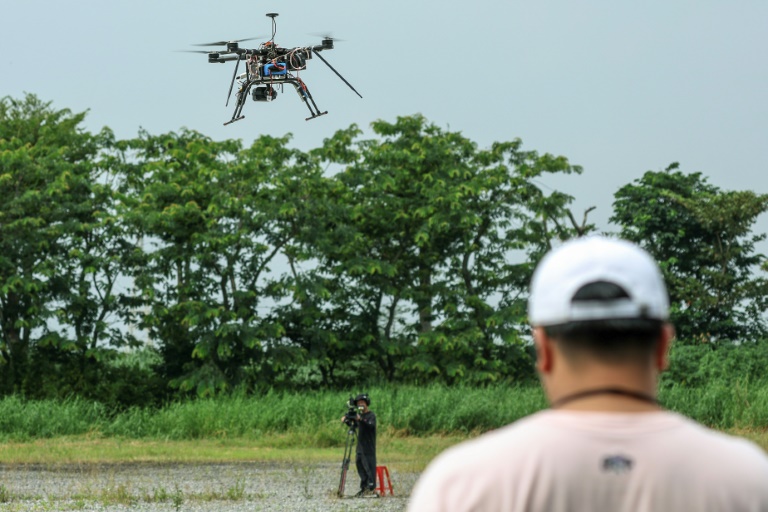In the hunt for new materials, scientists have traditionally relied on tinkering in the lab, guided by intuition, with a hefty serving of trial and error.
Calculations winnowed down more than 32 million candidate materials to just 23 promising options, researchers from Microsoft and Pacific Northwest National Laboratory, or PNNL, report in a paper submitted January 8 to arXiv.org. The team then synthesized and tested one of those materials and created a working battery prototype.
While scientists have used AI to predict materials’ properties before, previous studies typically haven’t seen that process through to producing the new material. “The nice thing about this paper is that it goes all the way from start to finish,” says computational materials scientist Shyue Ping Ong of the University of California, San Diego, who was not involved with the research.
The researchers targeted a coveted type of battery material: a solid electrolyte. An electrolyte is a material that transfers ions — electrically charged atoms — back and forth between a battery’s electrodes. In standard lithium-ion batteries, the electrolyte is a liquid. But that comes with hazards, like batteries leaking or causing fires. Developing batteries with solid electrolytes is a major aim of materials scientists.
2024-01-16 07:00:00
Article from www.sciencenews.org



















